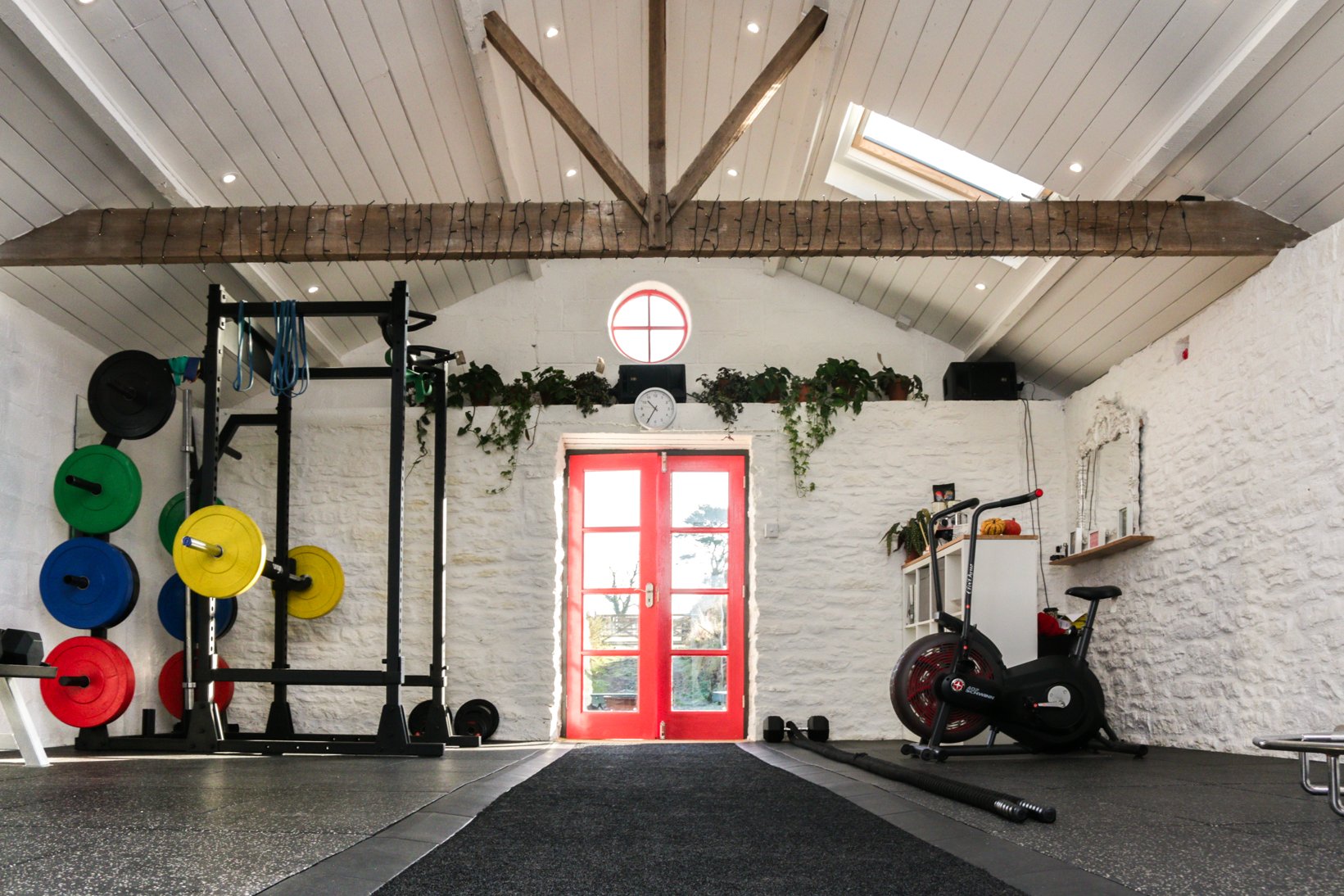Product added to cart


Indoor Cycling has come a long way in recent years thanks to facilities embracing technology and recognising the importance of the studio cycling programme with purposely designed spaces featuring the best in equipment, audio, visual and lighting. The traditional metric for structuring classes around was always cadence (RPM) linked to music with a matching BPM. However, cycling computers and other new technology have brought some other key measurements into play.
If your gym has a high number of studio cyclists, then investing bikes with onboard computers can add a new level to the rider experience. The following are some examples of how you could focus your studio cycling class around these metrics.
Fast and slow cadence periods together with a class structure can be used to great effect by instructors to achieve the desired exertion levels. This is especially true if cadences are visible by all participants on a shared screen. While cadence is the go-to measurement and would often be linked to the track BPM, giving users numerical visibility of this can help them adhere to it more accurately, especially if they're not the most musically minded.
Having a better handle on the desired cadence can then, in turn, let the rider adjust resistance accordingly to achieve the right outcome from each section within the class.
Power measurement (watts) has become a popular metric for road riders and now more studio cyclists are taking an interest as well. If members have a greater understanding of their own performance data (which is become more common, through more apps and devices) then power output can provide another avenue for them in analysing this information. Cyclists training for events and incorporating indoor cycling sessions into their regime will be more likely to use this than other member groups.
Teaching by power has it's challenges, increasing output by a certain wattage will vary the intensity from person to person significantly. The best way to structure classes with power is to administer an FTP test and use this score as a baseline (similar to heart rate zones). Additionally, many mobile fitness apps allow a more accurate data transfer if watt readings are available, allowing your customers to keep a digital log of their workout.
Heart rate training is hugely popular in cycling studios across the UK, largely due to the increase of members wearing their own heart rate monitors. This form of training encourages members to train effectively and efficiently for their fitness goals, training plans or indeed for keeping a close eye on their heart-related conditions. Keeping track of your heart rate throughout a class is motivating and reassuring. It takes any exertion level related ambiguity out of the equation helping riders get the most from the session.
Building sessions around working heart rate zones is perfect for studio cycling. Most wearable technology will either automatically work out specific heart rate zones for the individual, or it can be done manually. Members can be coached through a heart rate training cycling programme.
Short HIIT sessions can also work well with heart rate monitoring, as it allows members to see if they are really in the red, and indeed if they are recovering adequately.
Distance is a metric that's often overlooked in indoor cycling, therefore most classes usually focus on watts, cadence, and heart rate. However, distance can add another dimension to the class. Groups of more experienced indoor cyclists can be given a target distance to rack up in the session allowing benchmarking and some light competition amongst members. An idea using distance to consider would be short time trials as a class finisher (1km for example).

All studio classes can be motivated or run by calories burned. Besides, encouraging healthy competition in the classes can create a great buzz. An alternative can be creating a focus on the calories burned as a group.

It has encouraged more exercise, accountability, member interaction, healthy competition and improved member retention.
MYZONE tracks your effort during exercise and streams your data directly onto monitors within the gym. This allows your users and staff to keep an eye on the progress of members and see how it stacks up against others in the same class.
The belt connects directly to most other 3rd party apps, in case any of the members wish to track their workout independently.
The visuals that members see on our screens in the gym creates an emotional response, making them feel like they are part of a community while having the visual proof of their workout status on the screen guides them throughout the class on effort.
So challenge your staff and members to engage with technology where possible and see how they can increase motivation and interest with a different focus to a variety of studio cycling classes at your facility.